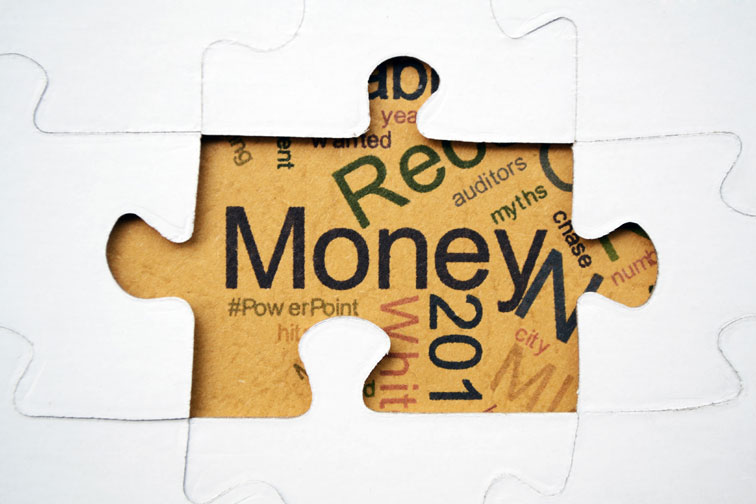Fitch Ratings says the recent rise in US interest rates adds another obstacle for millennials seeking to enter the housing market.
Based on our calculations, the rate increase means the average US millennial borrower now has lost 9% in mortgage capacity since the beginning of October 2016. This leaves more millennials out of what has historically been one of the most important wealth-creation mechanisms, and could contribute to long-term shifts in savings and consumption.
Mortgage rates nearly hit a two-year high during the week of Jan. 5, 2017 according to Freddie Mac. The interest rate on a 30-year mortgage at the beginning of October 2016 was 3.42%. Last week, the rate climbed to 4.20%. The maximum loan a homebuyer could afford in September 2016 was $120,000 (the current median mortgage for borrowers under 35 according to the Federal Survey of Consumer Finances), all else being equal, the size of that loan would have dropped to approximately $109,000 by last week.
Historically low rates have been one of the few factors that have helped young adults to buy homes. If rates continue to rise, particularly if the rise occurs rapidly over a short time period, this could add yet another obstacle to homeownership. Many first-time homebuyers have seen mortgage capacity eroded by tight loan underwriting standards, rising student loan payments, high rents and stagnant wages.
The growth in the cost of higher education outpaced consumer price inflation for several decades. This led to an increase in both the number of student loan borrowers and the average amount owed. The median student loan monthly payment in 2016 was $203, according to the Federal Reserve Bank of Cleveland.
Tight underwriting played a significant role. Banks remain vigilant over regulatory risk, repurchase risk and the increased cost of servicing of delinquent loans. This means FICO scores for conventional loans to first-time homebuyers remain notably above the 720-730 range level typical prior to the crisis, although the scores have begun trending back toward historical averages.
The stresses are reflected in the US homeownership rate and increases in the portion of millennials who live at home. The homeownership rate for under 35-year-olds experienced a large drop, declining to 35% in 2016, from 41% in 2000, according to the US Census Bureau. During this time, rental costs increased faster than the incomes millennials earn.
For younger Americans forced to defer or abandon plans to buy a first home, the long-term financial effect of missing out on home-equity creation could be significant. Long-lasting shifts in savings and consumption patterns, while difficult to isolate now, will likely emerge more prominently in the coming years. This could mean other long-run affects including downward pressure on durable goods consumption, urban population growth and a decline in affluence, translating into lower birth rates and less secure retirements.

